LATVIJA.FM
The Rise of Riga as a Cultural Hub in the 19th Century
In the 19th century, Riga began to shed its provincial skin and blossom into a true cultural capital of the Baltic region. Against a backdrop of imperial rule, social reform, and industrial acceleration, the city forged a vibrant cultural identity that reached far beyond its medieval walls. New theaters echoed with German classics and Latvian folklore alike. Bookshops, salons, and music halls became havens of dialogue and resistance. Riga’s transformation was not just architectural—it was intellectual, musical, literary, and emotional. This is the story of how Riga found its cultural voice.
From Merchant City to Modern Metropolis
By the dawn of the 1800s, Riga was already a bustling trade city on the shores of the Daugava River, tied economically to the Russian Empire yet culturally rooted in its Hanseatic and Germanic past. Its cobbled streets teemed with merchants and multilingual voices, but true cultural institutions were scarce. That began to change in the early decades of the century, as a rising middle class—Baltic Germans, Jews, Latvians, and Russians—demanded spaces not just for commerce, but for ideas, expression, and shared civic life.
The Theatrical Awakening
One of the first signs of Riga’s cultural awakening was the opening of the city’s first permanent theater in 1782, which truly flourished in the 19th century. German-language performances dominated the early stages, with works by Goethe, Schiller, and Shakespeare regularly on the program. Yet the theater also became a crucible for national expression: by mid-century, Latvian-language performances—especially folk-based dramas and songs—began to emerge. It was here, in the twilight between empire and identity, that Riga’s stage helped plant the seeds of a broader cultural awakening among Latvians.
The Rise of the Latvian Press and Intelligentsia
The mid-1800s saw an unprecedented rise in literacy and publishing. Newspapers and journals—first in German, then in Latvian—spread across the city. These publications weren’t just newsprint; they were platforms of education, resistance, and cultural preservation. Intellectuals like Juris Alunāns, Krišjānis Valdemārs, and Atis Kronvalds began to write about Latvian identity, language, and history. Their work coincided with a growing movement to recognize Latvian culture as equal to—rather than derivative of—German or Russian traditions. Riga’s bookstores and editorial rooms became ideological battlefields as well as sanctuaries for new thought.
Choral Song as a Cultural Engine
While politics simmered, music united. Riga played a central role in the Baltic choral movement that would define national identity through collective singing. The first Latvian Song Festival, held in 1873, was not just a musical event but a profound act of cultural assertion. Thousands gathered in Riga to sing in Latvian, celebrating folk roots and poetic modernism alike. These festivals became a tradition, rooted in 19th-century Riga, that still echoes across Latvia today—an emotional and symbolic chorus that stitched together fragmented identities.
Art, Architecture, and the Public Space
Cultural life was not confined to printed word or stage. The 19th century saw the rise of public museums, libraries, and galleries in Riga. Art societies formed, often led by Baltic German elites, but increasingly inclusive of Latvian voices. The city itself became a canvas: neoclassical facades and later Art Nouveau structures reshaped the urban experience. Riga’s streets and squares became spaces of gathering, performance, protest, and play—environments that enabled a cultural ecosystem to flourish beyond institutional walls.
A City of Crossroads and Contradictions
Riga’s transformation was not without tension. The city was a crossroads of empire, nation, and language. German elites often dominated institutions, Russian officials exerted pressure, and Latvians struggled for visibility. Yet this friction created energy. Riga’s culture in the 19th century was hybrid and dynamic, defined as much by cooperation as by contest. It gave rise to a layered identity—a city that could house a German theater, a Russian Orthodox cathedral, a Latvian choir, and a Jewish newspaper, all within walking distance.
Legacy and Echo
The cultural scaffolding built in Riga during the 19th century laid the groundwork for the Latvian national awakening and independence in the early 20th century. It also defined Riga’s DNA as a city of ideas and imagination. Today, visitors strolling through its old bookstores, concert halls, or museum corridors still sense the spirit of that century—a period when Riga not only adapted to modernity but authored it, with a pen in one hand and a violin bow in the other.
